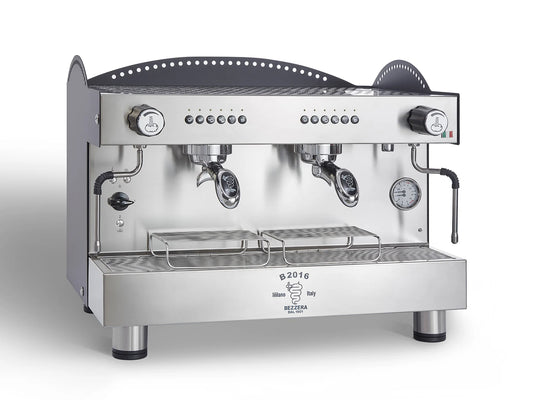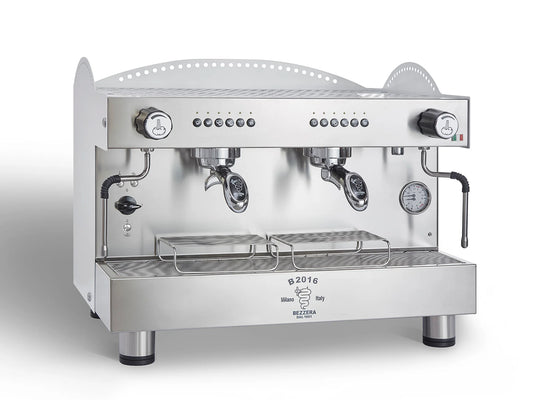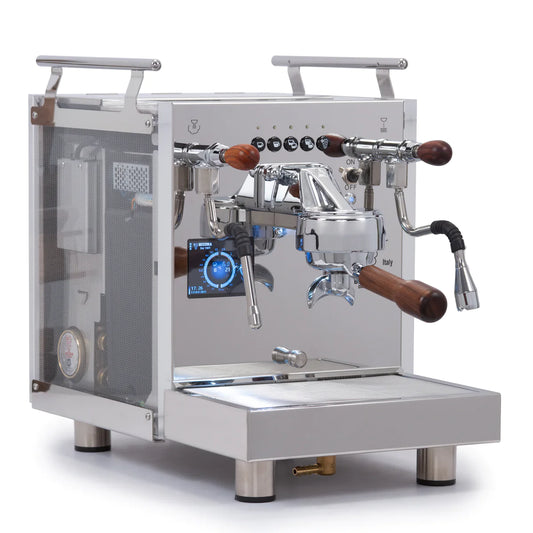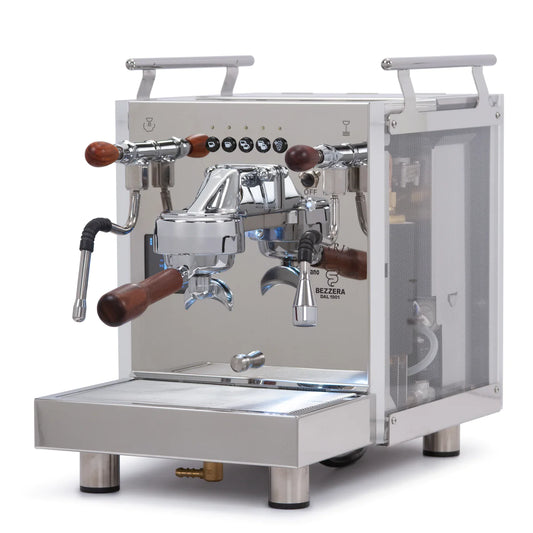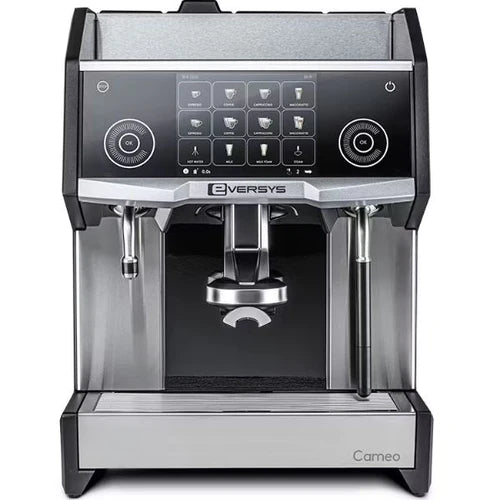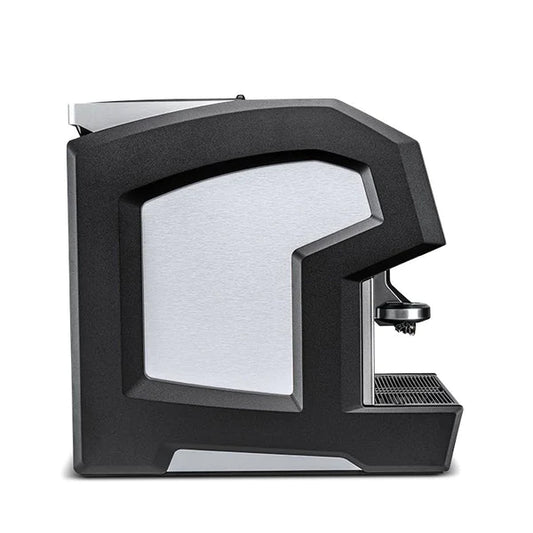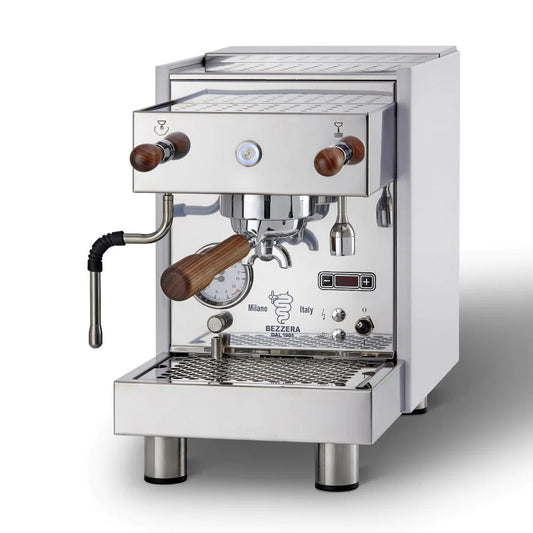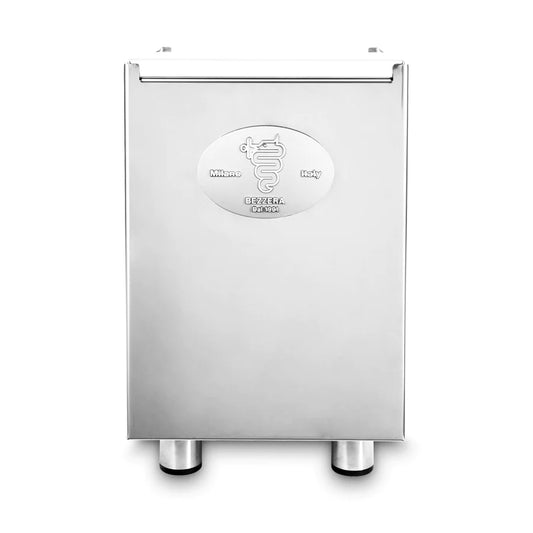The Rise of Pour-Over Coffee Makers: A Healthier Choice to Avoid Microplastics
Table of Contents
- Key Highlights:
- Introduction
- Understanding Microplastics in Our Daily Lives
- The Appeal of Pour-Over Coffee Makers
- The Environmental Impact of Choosing Non-Toxic Coffee Makers
- Consumer Trends and Market Insights
- Practical Tips for Brewing the Perfect Cup of Coffee
Key Highlights:
- Increasing awareness of microplastics in food and beverages is prompting consumers to seek safer alternatives, especially in kitchenware.
- Automatic coffee makers with plastic components can leach microplastics into coffee, raising health concerns.
- Pour-over coffee makers, like the Bodum, provide a non-toxic brewing method that enhances flavor while minimizing exposure to harmful substances.
Introduction
In recent years, the discourse surrounding microplastics has intensified, impacting consumer behavior across various sectors, particularly in food and beverage preparation. As studies reveal the presence of microplastics in everyday items—from the tea we sip to the coffee we brew—people are increasingly scrutinizing the materials they use in their kitchens. This scrutiny extends to coffee makers, where the leaching of microplastics from plastic components into hot beverages poses a significant health risk.
Consequently, many consumers are pivoting towards alternatives that not only promise better health outcomes but also enhance the quality of their coffee. Among these alternatives, pour-over coffee makers have emerged as a preferred choice. This article explores the implications of microplastics in coffee preparation, the benefits of pour-over methods, and highlights popular models that are transforming the coffee experience.
Understanding Microplastics in Our Daily Lives
Microplastics, defined as plastic particles smaller than five millimeters, have infiltrated various aspects of our lives, often without our knowledge. Studies have detected microplastics in a range of food products, including seafood, honey, and even drinking water. Recent research indicates that coffee makers, particularly those with plastic parts, can contribute to this pollution. When hot water interacts with plastic components, it can lead to the leaching of potentially harmful microplastics into the brewed coffee.
The Health Risks of Microplastics
The health implications of consuming microplastics are still under investigation, but early studies suggest that they may pose various risks, including inflammation and potentially harmful effects on the liver. The cumulative effect of microplastic consumption could lead to long-term health issues, making it imperative for consumers to seek out safer alternatives.
This growing awareness has catalyzed a shift in consumer preferences, as individuals look to mitigate their exposure to microplastics in their daily lives. In the kitchen, this translates to an increased interest in non-toxic cooking and preparation tools, particularly in the realm of coffee brewing.
The Appeal of Pour-Over Coffee Makers
Pour-over coffee makers have gained traction due to their simplicity and the quality of coffee they produce. Unlike traditional automatic coffee makers, which often utilize plastic components, pour-over systems typically use materials like glass and stainless steel, minimizing the risk of microplastics leaching into the coffee.
Flavor Enhancement
One of the major advantages of pour-over brewing is the ability to control the extraction process. This method allows for a more nuanced flavor profile, as users can adjust variables such as water temperature, pouring technique, and brew time. Many enthusiasts argue that pour-over coffee is superior in taste compared to that produced by automatic machines, which can often lead to over-extraction or inconsistent flavor.
Key Features of Popular Pour-Over Models
Among the many pour-over coffee makers available, several models stand out for their design, functionality, and user satisfaction:
Bodum Pour-Over Coffee Maker
The Bodum pour-over coffee maker has become a favorite among consumers. Its borosilicate glass carafe is complemented by a cork band for insulation and comfort. Equipped with a reusable stainless steel filter, it eliminates the need for paper filters, reducing waste. Users appreciate the ease of use and the ability to brew up to eight cups of coffee at once. With over 33,200 five-star ratings on platforms like Amazon, the Bodum model is frequently praised for its ability to produce smoother and richer coffee, free from microplastics.
OXO Brew Single Serve Pour-Over Coffee Maker
The OXO Brew offers a user-friendly design that simplifies the pour-over process. It features an integrated scale and timer, ensuring precision with every brew. This model is ideal for those seeking a single serving of coffee without the risk of plastic contamination.
Chemex Pour-Over Glass Coffee Maker
The Chemex is a classic design that combines elegance with functionality. Made entirely of glass, it uses specially designed paper filters to capture oils and sediments, resulting in a clean and flavorful cup of coffee. The Chemex is lauded for its aesthetic appeal and the quality of coffee it produces.
Other Notable Mentions
Other models, such as the Coffee Gater and Bean Envy pour-over coffee makers, also offer excellent brewing experiences. Each of these options provides a non-toxic brewing solution while delivering exceptional flavor and convenience.
The Environmental Impact of Choosing Non-Toxic Coffee Makers
Making the switch from automatic coffee makers to pour-over models not only benefits personal health but also has broader environmental implications. By opting for reusable materials instead of single-use plastics, consumers contribute to a reduction in plastic waste, which is a significant concern for global ecosystems.
Sustainability Considerations
Many pour-over coffee makers are designed with sustainability in mind. Features such as reusable filters and durable materials reduce the need for disposable products, leading to less waste in landfills. Additionally, the longevity of these products means that consumers can enjoy their coffee without frequently replacing their equipment, further minimizing environmental impact.
Consumer Trends and Market Insights
The shift towards healthier and more sustainable coffee preparation methods is reflected in consumer purchasing behavior. Sales of pour-over coffee makers have surged as individuals seek alternatives to traditional coffee machines. This trend is indicative of a larger movement towards conscious consumerism, where individuals prioritize health, sustainability, and quality in their purchasing decisions.
The Role of Social Media in Influencing Choices
Social media platforms have played a pivotal role in shaping consumer attitudes towards coffee preparation. Influencers and coffee enthusiasts frequently share their experiences with pour-over methods, showcasing the benefits and flavors that can be achieved. As visuals of beautifully brewed coffee flood platforms like Instagram and TikTok, more people are motivated to explore these non-toxic alternatives.
Practical Tips for Brewing the Perfect Cup of Coffee
Transitioning to a pour-over coffee maker can seem daunting, but with a few simple tips, anyone can master the art of brewing:
- Choose Quality Coffee Beans: Start with freshly roasted, high-quality coffee beans. The flavor of your coffee is heavily influenced by the quality of the beans.
- Use the Right Grind Size: For pour-over coffee, a medium-fine grind is typically ideal. This helps achieve an optimal extraction without clogging the filter.
- Measure Your Coffee and Water: Precision is key in pour-over brewing. Use a scale to measure your coffee and water for consistent results.
- Control Water Temperature: The ideal water temperature for brewing coffee is between 195°F and 205°F. Allow boiling water to cool for about 30 seconds before pouring.
- Pour Technique: Pour water in a circular motion, allowing the coffee grounds to bloom before continuing to pour. This ensures even saturation and extraction.
- Experiment and Adjust: Don’t be afraid to adjust your ratios and techniques to find what works best for your taste preferences.
FAQ
What are microplastics and why are they a concern?
Microplastics are tiny plastic particles that can enter our food and beverages, potentially causing health issues. Their presence in coffee makers raises concerns about leaching into brewed coffee.
How do pour-over coffee makers reduce exposure to microplastics?
Pour-over coffee makers typically use materials like glass and stainless steel, which do not leach microplastics into the beverage, unlike some traditional automatic coffee machines with plastic components.
Which pour-over coffee maker is the best option?
The best pour-over coffee maker can vary based on personal preference, but models such as the Bodum, Chemex, and OXO Brew are highly rated for their quality and ease of use.
Can I make multiple cups of coffee with a pour-over maker?
Yes, many pour-over coffee makers, like the Bodum, can brew multiple cups at once, making them suitable for serving guests or enjoying several cups throughout the day.
Are pour-over coffee makers easy to clean?
Most pour-over coffee makers are designed for easy cleaning. Many components are dishwasher safe, and reusable filters eliminate the need for constant replacement.
How can I ensure a great flavor when using a pour-over coffee maker?
Using high-quality beans, the right grind size, and measuring your coffee-to-water ratio are essential for achieving the best flavor when brewing with a pour-over coffee maker.
By understanding the risks associated with microplastics and exploring safer alternatives like pour-over coffee makers, consumers can take proactive steps towards healthier living while enjoying a superior coffee experience. With numerous options available, making the switch is not only beneficial for personal health but also for the environment.

